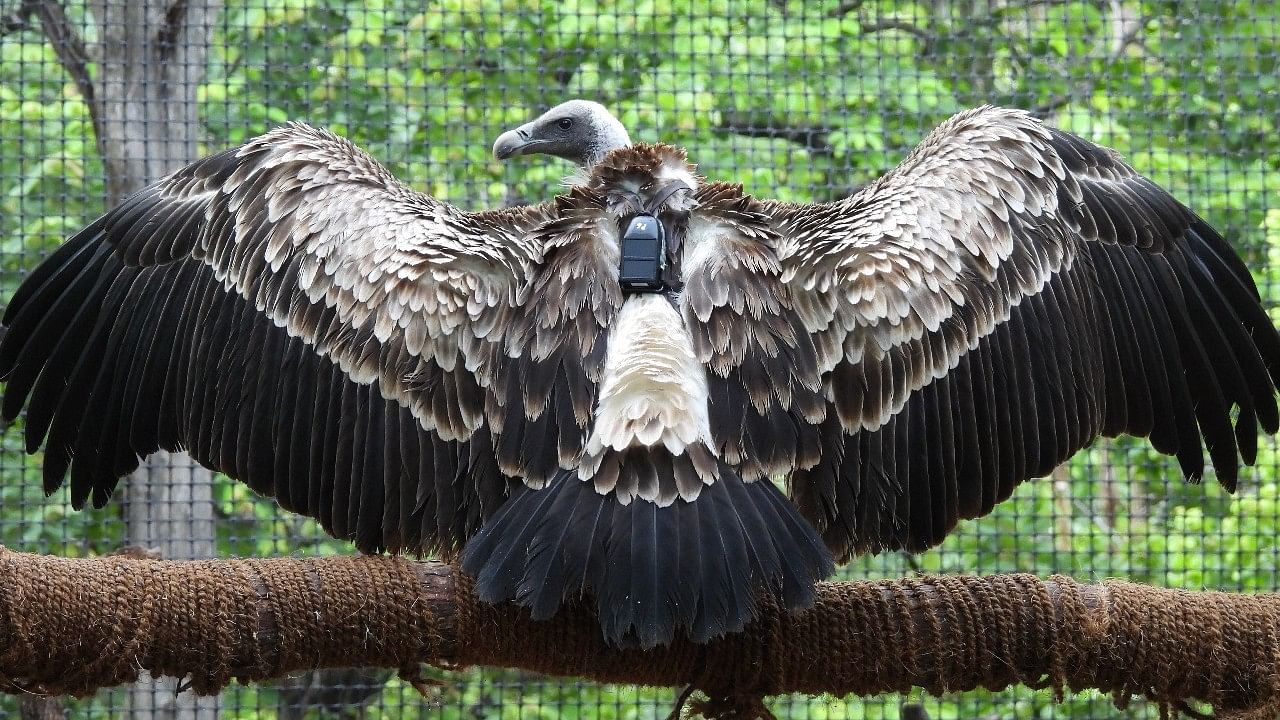
Credit: Special Arrangement
Hubballi: In the last four years, the forest department has approved 107 research proposals on flora and fauna by private researchers and its own staff in the state.
While more than 85 per cent of the scientific studies are conducted in tiger reserves and the Western Ghats, the focus has now shifted from tigers and elephants to lesser-known species.
Of the 107 topics approved, only eight are related to elephants and tigers, while rest are on lesser-known species, plants and the symbiotic relationship of forest dwellers with the jungle.
Data from the department shows that researchers are probing diverse subjects from ‘ant community structure’ to ‘effectiveness of physical barriers in mitigating human-elephant conflict across select protected areas in Karnataka’.
“Fortunately, we are getting a good number of applications to conduct studies on lesser-studied species. The department is also being selective to ensure that there is no repetitive research,” said Principal Chief Conservator of Forests (Wildlife) Subhash Malkhede.
Zeal for study
Researchers’ zeal to understand lesser-studied species and the institutional preference and financial support are two key reasons for a shift in research from tiger to lesser-studied species such as sloth bears, wolves and great Indian bustards.
‘Non-charismatic’ species
Chethan C M, project associate with Wildlife Institute of India who is working on 10 species of North Karnataka’s plains, said, “Young researchers are fascinated about exploring the unknown. Their research works are shedding light on some of the important species which were ignored in research earlier."
"The forest department, universities and institutions are encouraging students to conduct studies on ‘non-charismatic’ species,” he said.
Not just mammals, even amphibians, birds, reptiles and flora are getting importance in research now.
Vijay Kumar, head of the zoology department in Kuvempu University, said the conservation world had started realising that there was an urgent need to study a whole gamut of species for better conservation of forest and grassland ecosystems.
Ecological balance
“Every animal and plant on earth has an important role in maintaining ecological balance. Unless we study each species, we will not be in a position to prioritise our conservation efforts,” he said.
An official from the department said the outcomes of all research work related to wildlife and forest wealth are submitted to the forest department. The information is utilised by field officers for better management of ecosystems and wildlife.